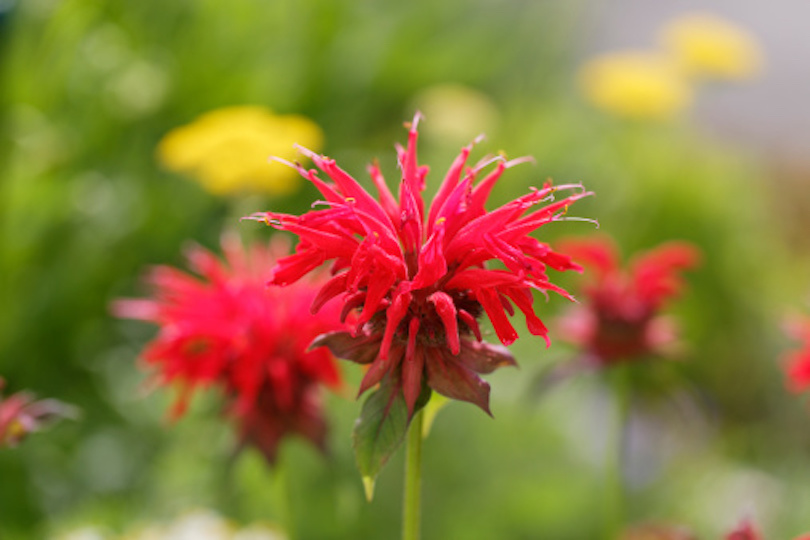If you’re a gardener in USDA plant hardiness zone 7, consider yourself lucky. Selecting plants is a whole lot easier where winters are relatively mild, summers are pleasantly warm, and the growing season is long.
We’ve provided a few ideas for gorgeous, low-maintenance perennials that shine in zone 7.
Baptisia (Baptisia australis): An extremely tough plant native to the eastern United States, baptisia is a butterfly and bee magnet with charming, bluish-purple flowers in late spring or early summer. This shrubby plant, also known as false indigo, tolerates poor, rocky soil, clay, heat, and drought in high style, but too much shade may result in floppiness. The blue-green, clover-like foliage and puffy seed pods are nearly as impressive as the lupine-like blooms. Baptisia is also available in yellow and white.
Japanese anemone (Anemone hupehensis): Commonly known as Japanese thimbleweed, this woody perennial blooms in late summer, lighting up the landscape with cuplike, yellow-centered pink flowers that sway in the breeze. Japanese anemone tolerates nearly any well-drained soil as long as you keep it relatively moist. Sunlight is good and too much shade may cause floppiness; however, dry soil and intense summer sunlight may be more than the plant can tolerate and may fade the vibrant pink blooms.
Bee Balm (Monarda): Also known as bergamot, bee balm is a lovely little plant with mint-scented foliage and springtime blooms of pink, purple, red or white. It’s not surprising that bees, butterflies, and hummingbirds love this plant, and you will, too. Water bee balm regularly the first season; thereafter, it is somewhat drought-tolerant but doesn’t appreciate long, dry periods. Beware of overcrowding, as bee balm needs excellent air circulation.
Clustered bellflower (Campanula glomerata): As the name suggests, clustered bellflower produces dense clusters of violet-blue or dark purple, bell-shaped blooms in the summertime. The foliage is attractive too, with mounds of oval or sword-shaped leaves. Full sun is recommended in cooler climates, but clustered bellflower appreciates a little afternoon shade if summers are hot. Allow plenty of space for clustered bellflower, as the plant, which makes a fantastic groundcover, can be somewhat aggressive.
Oriental lily (Lilium orientalis): Perfect for zone 7, Oriental lily is a tall plant that produces outrageously gorgeous, fragrant blooms of rose, white, pink, cream or pale orange from mid- to late summer. This low-maintenance plant is also available with flowers of stripes or speckles. Oriental lilies thrive in moist, fertile conditions, so take time to dig in generous amounts of compost or well-rotted manure before planting, especially if your soil contains sand or heavy clay. A site in filtered sunlight is best, and a location protected from harsh wind is even better.
Culver’s root (Veronicastrum virginicum): Native to the prairies of North America, Culver’s root lights up the landscape with spikes of tiny, tube-like pink, white or lavender flowers that contrast against deep green foliage all summer. As a result, plenty of bees, butterflies and other pollinators will visit your garden. Culver’s root is adaptable to full sun or partial shade and prefers moist, well-drained soil. For best results, don’t allow the ground to become bone dry. A member of the plantain family, Culver’s root is also known as black root.
– Mary Helen Dyer



